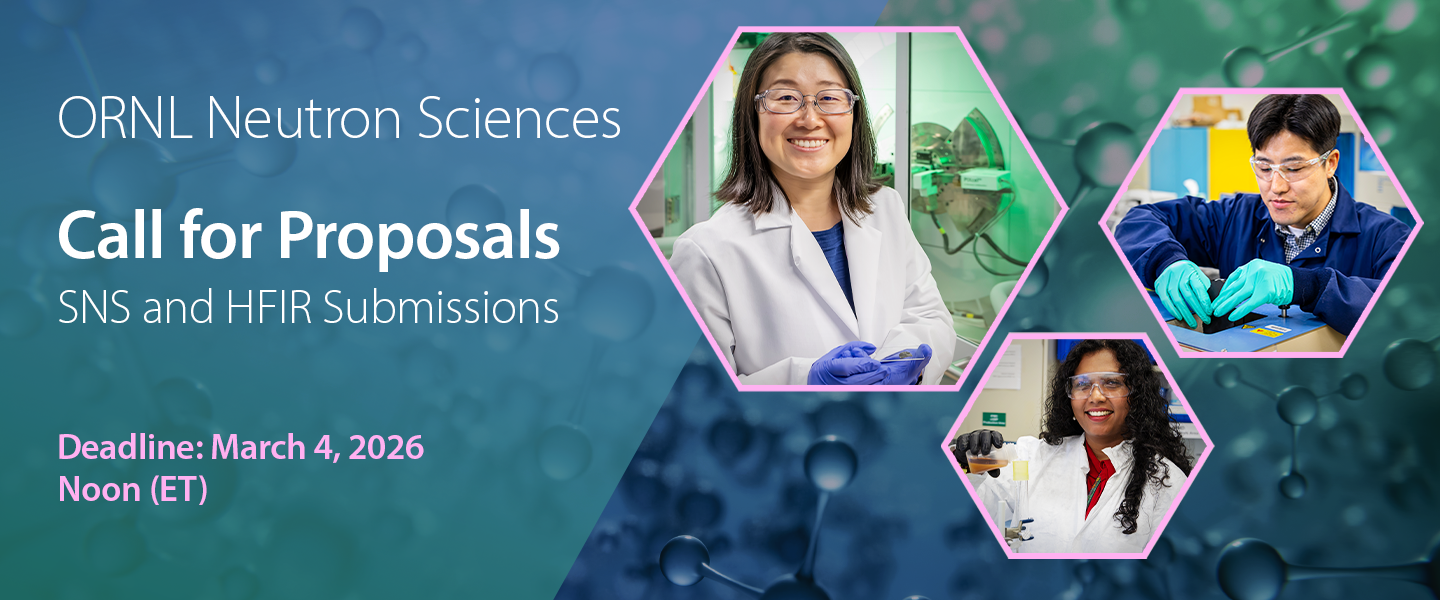2nd US School on Total Scattering Analysis
This school is aimed at introducing total scattering data and modelling methods, demonstrating their use in understanding complex functional materials, and reviewing recent developments and future directions in the technique. Most of the school will be focused on providing hands-on training with total scattering analysis software, with the balance focused on providing a technical foundation and highlighting exemplary work in the community.
Total scattering (and the associated pair distribution function technique), an extension of diffraction methods, is increasingly prevalent in modern materials studies. The unique combination of Bragg and diffuse scattering has related vacancies in high temperature ceramics to both their superionic conductivity and phase stability, nanometer-sized polar domains or nanoregions in relaxor ferroelectrics to their enhanced dielectric and piezoelectric properties, and vacancy/disorder arrays and other subtle local correlations to the mechanisms of high-Tc superconductivity. These methods have further proven critical in understanding guest-host interactions, amorphous to crystalline transitions, local spin correlations, and other disordered crystalline materials phenomena.
Total scattering is most informative when modelled atomistically with computational methods. Modern software spans small and large box approaches and can incorporate neutron and x-ray PDF, EXAFS & single crystal diffuse scattering data. Resulting atomistic models aid scientists from diverse disciplines in understanding the inner-workings of property mechanisms, and ultimately in optimizing and controlling them through atomic structure modification.
Topics covered:
Introduction to Total Scattering
Modern Total Scattering Instruments and Data
Hands-on Data Analysis with:
Small box modeling with PDFGui & Diffpy-CMI
Large box modeling with RMCProfile & EXAFS data
Building and refining nanoparticles with DISCUS
ORNL Organizers:
Katharine Page, Matt Tucker, Thomas Proffen & Simon Kimber
Additional Confirmed Speakers:
Emil Bozin, Brookhaven National Laboratory
Igor Levin, National Institute of Standards and Technology
Reinhard Neder, University of Erlangen, Germany



